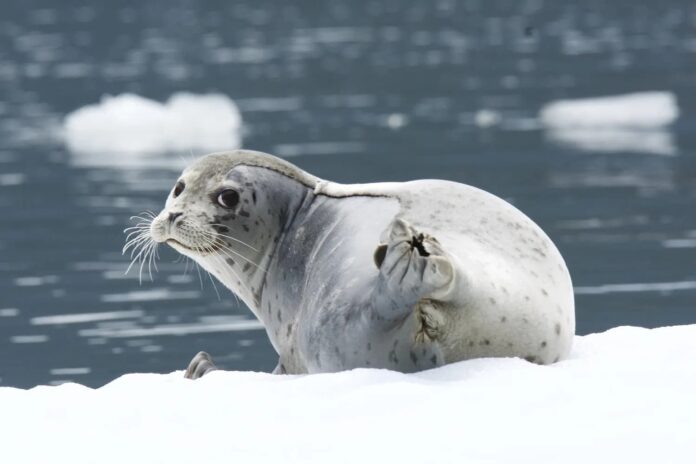Humans are cool and all, but we can’t beat animals when it comes to the third eyelid. The third eyelid aka nictitating membrane is a transparent eyelid that is present in some animals. The purpose of this fascinating eyelid is for protection and to moisten the eyes while maintaining the vision. That means the animal’s eyes stay moist in the face of wind, sand, or dirt without the need of blinking at all. To cut things short, the third eyelid helps the animals to blink away debris, sharpen vision, and see clearly underwater.
There are many animals that have fully developed nictitating membranes, that includes fish, amphibians, reptiles, birds, and mammals. This case is rare in primates, and that is why us humans don’t have a third eyelid at all. The thing is that some third eyelids are visible which you can easily see while the others don’t. Today, we are going to bring you 13 animals with a third eyelid that you might want to see. All of them are waiting below, so feel free to check them out.
1Aardvark
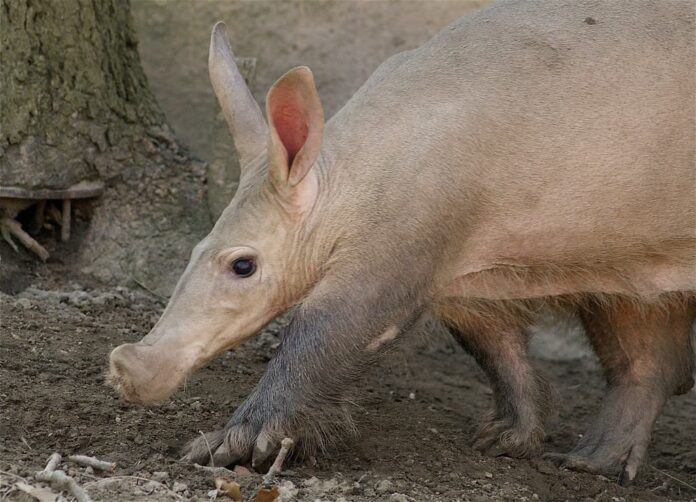
Despite the fact that they are color-blind, aardvarks are also among the animals with a third eyelid. This species has small eyes and their retina contains rods which is the reason why they are not good with colors. Aardvarks feed on termites and ants, and they usually use their front claws to open the bugs’ nests as they feed. With a third eyelid, aardvarks will be able to protect their eyes from the bites of their meals. Thanks to the nictitating membrane, aardvarks can still see as they have lunch no matter how many termites or ants bite them.
2Bald Eagle
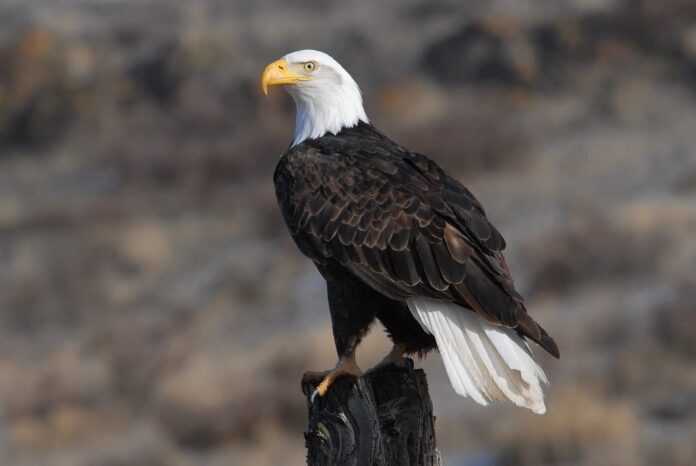
On top of their sharp vision, bald eagles also possess a third eyelid aka nictitating membrane as well. The membranes keep their eyes moist and clean the cornea from dust as they fly and swoop from the sky. Their third eyelids slide horizontally from left to right every three to four seconds, cool right?
Another cool part is that the membranes are also drawn across the eyes when there is a chance the eyes might be scratched or damaged. That usually occurs when the birds are capturing prey, flying through the bush, or feeding their young. With their third eyelids, bald eagles and birds of this species have no worries about eye problems at all.
3Beaver
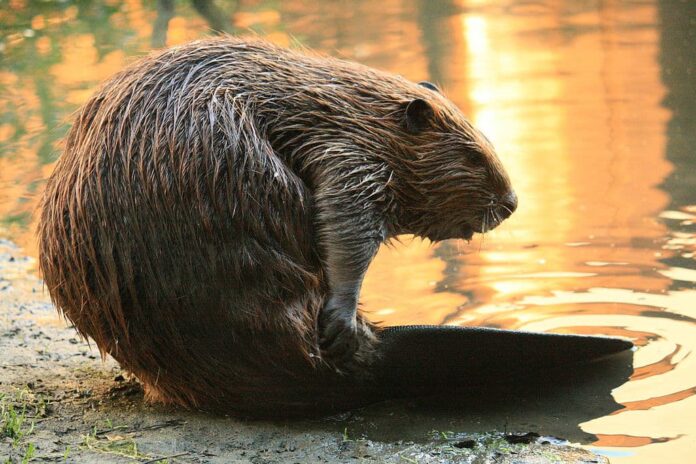
The third eyelid of beavers is very important when it comes to swimming and diving. For beavers, their membrane acts like underwater goggles as it allows them to see just as well as on land. The process begins when the beavers close their third eyelids when they dive underwater. Their membrane is translucent which means they still can see under the water yet without irritation. That enables them to hunt and swim as long as they like with ease and comfort.
4Camel
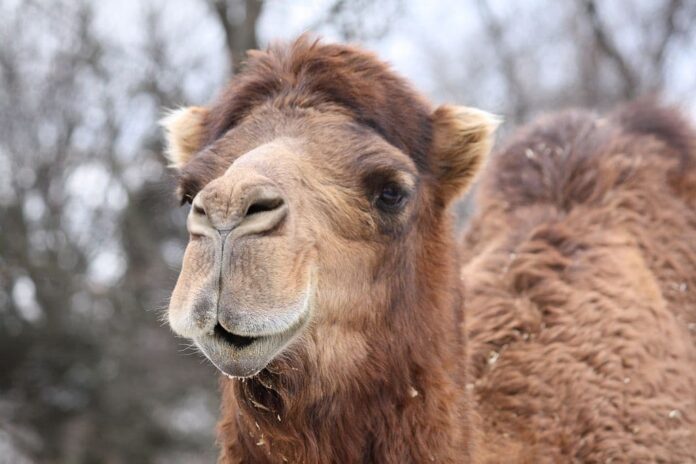
When it comes to the third eyelid, camels are the one animal that is very well-known for this unique feature. As desert dwellers, camels need their third eyelid to keep out the sand and dust as they walk through sandstorms. On top of that, their nictitating membrane can also improve their vision just like contact lenses.
The unique part is that their eyelids close and open from side to side, not up and down like ours. Another thing is the eyelids are so thin yet protective which allows the camels to see although they close them. That is why camels can travel through windy days in the desert without a single problem.
5Cat & Dog
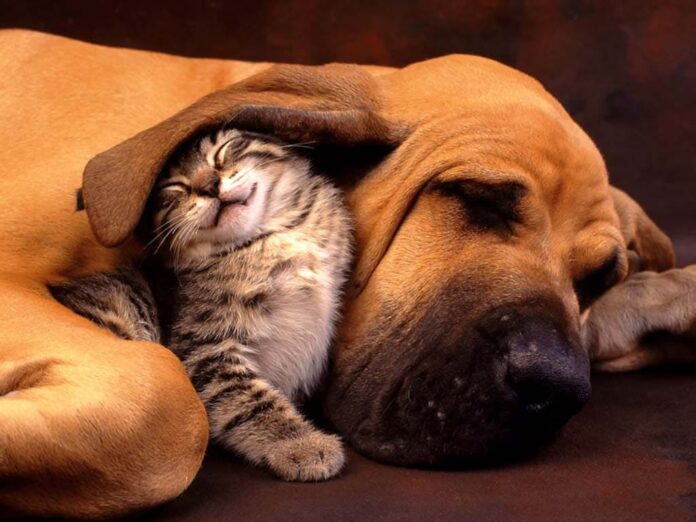
Some cats and dogs owner might have noticed the third eyelid of their pets, but the others might have not. Generally, cats and dogs tend to hide their third eyelids which is why many don’t seem to notice. If you see an opaque film covering your cats’ or dogs’ eyes, you are looking right into their nictitating membrane.
Sometimes, it is very easy to notice those third eyelids as they are asleep because some of them let their third eyelids down. Then they generally retract them when alerted or awoken which is not something that we notice a lot. Third eyelids of cats and dogs are prone to having a medical problem known as Cherry Eye.
The ailment presents itself as a reddened bulge in the inside corner of the cats and dogs. If you notice something wrong with their eyelids, consult with your veterinarian immediately. The good thing is that this medical problem is curable, so you don’t have to worry. As a matter of fact, it is one of the most common problems associated with the third eyelid.
6Crocodile
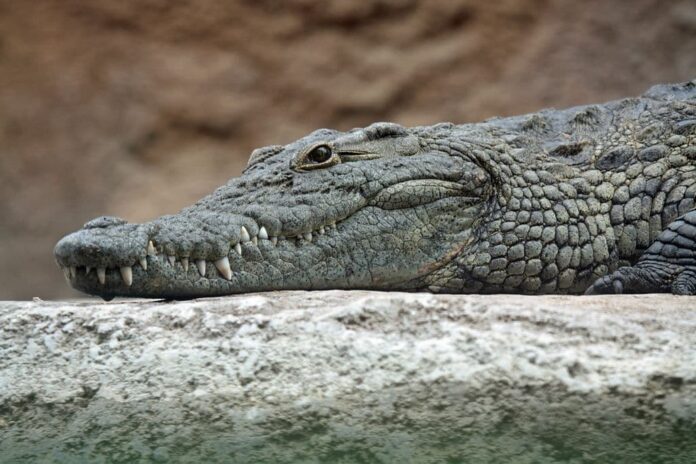
Just like most animals, the nictitating membranes of the crocodiles have the job of protecting their eyes underwater. The third eyelid of a crocodile is transparent except for the leading edge which is pigmented and contains some cartilage. The membrane has two main functions: it cleans and lubricates the eye, and it is used when the crocodile dives underwater.
More than that, this transparent membrane also covers the eye during diving as well. That is to ensure that light can reach the eye if the water is clear enough to see. Well, it is possible that the membrane itself altars the refractive index of light entering the eye to improve vision underwater. Also, it is the lower eyelid that moves when the eye opens and closes.
7Lemur
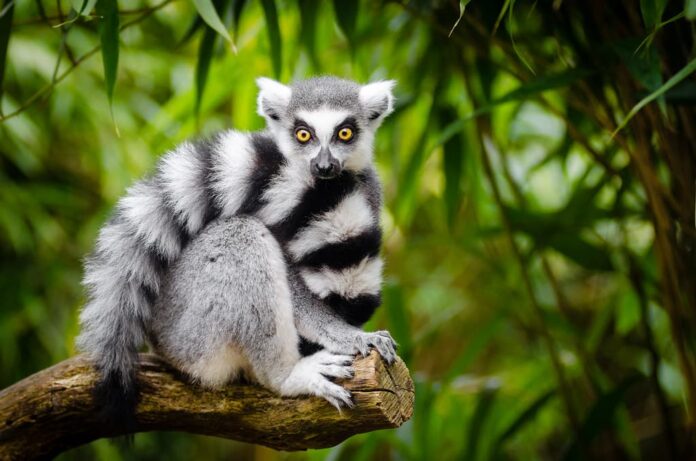
Lemurs are one of the rarest primates with nictitating membranes, and that third eyelid plays a crucial role. Well you see, lemurs have huge eyes and their eyelids seem to be not enough to protect those giant eyeballs. So the job of the membrane is to keep the cornea moist and clean by sweeping across the eye. Every time you see their eyelid goes across a lemur’s eyes, you know that they are cleaning their eyes. Not blinking, no.
8Polar Bear
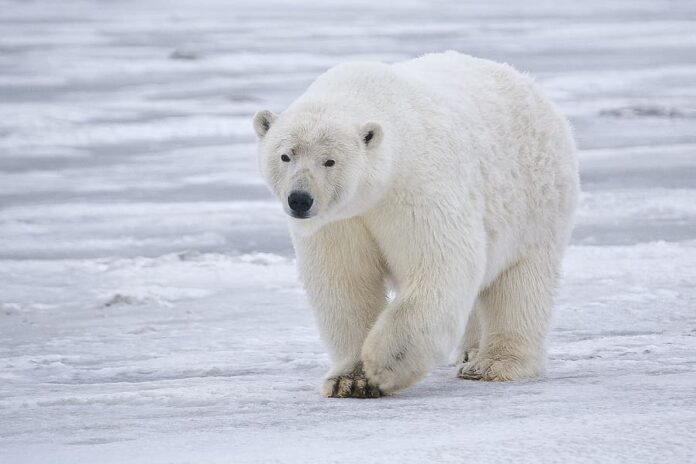
Meanwhile, on the coldest parts of the earth, we have polar bears as one of the animals with third eyelid. These white bears use their nictitating membrane to protect their eyes in blowing snow and to see underwater. Without the third eyelids, the brutally cold winds and saltwater will cause extreme irritation to their eyes. Yet with them, polar bears have zero worries about those potential harms. That makes it very easy for them to walk, hunt, and swim as long as they want. No matter how cold it gets, polar bears will never have any sore eyes at all which is absolutely cool.
9Salamander
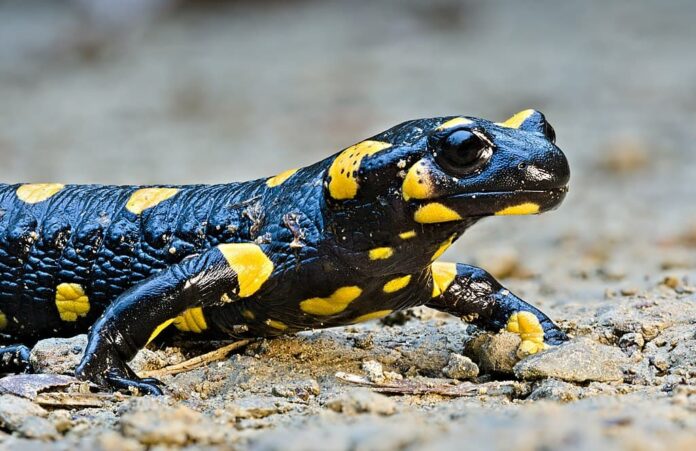
Because they spend their time close to the ground so much, salamanders and some other reptiles like frogs developed nictitating membranes. The third eyelids are very important for these reptiles when it comes to eyes protection. The membrane clears away any debris that may cause irritation, and it also acts like goggles when underwater. The salamanders draw up their nictitating membrane to protect their eyes from H2O before they dive in. On top of the protection, the third eyelid also allows them to see clearly underwater water just like they do land as well.
10Sea Lion
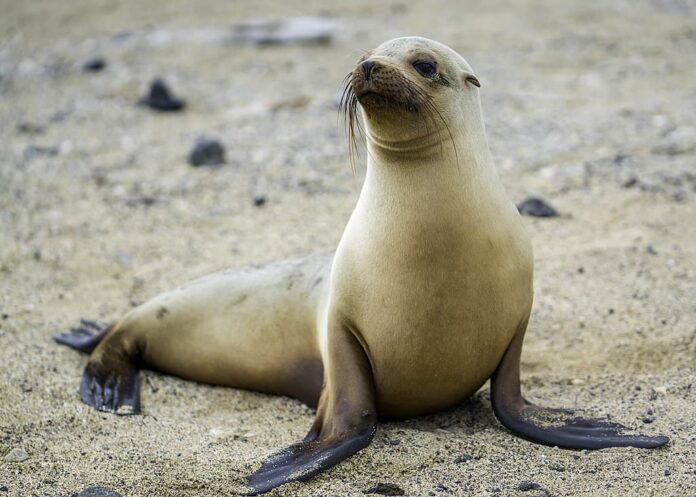
Vision is the most important sense of sea lions, and they have large eyes that must function well in both water and air. That is why their nictitating membranes that move across their eyes to wipe away sand and debris. At the same time, those eyelids also help aid them in night vision as well. That is the reason why their eyes glow at night, they can see well both at night and underwater. Those membranes also play a great role in protecting the sea lions’ eyes from the sun when on land.
11Seal
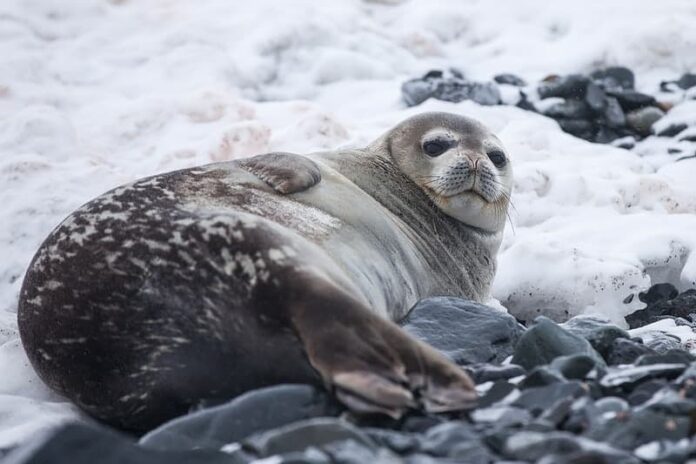
Since they spend time under the water to hunt, seals also come with third eyelids as well. Their membrane slides from the inside of the eye, next to the nose, outwards towards the corner of the eye. The function of their third eyelid is to help remove any debris like sand and to protect their eyes underwater. At the same time, the eyelids also help improve their vision as they swim and hunt as well.
12Shark
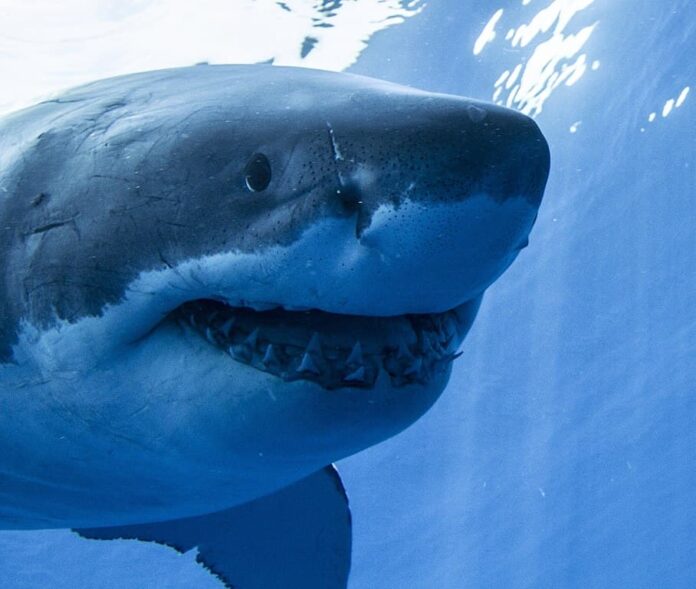
As for the animals that live permanently under the water like sharks, they have their eyes open all the time. There are some shark species that are special with the gift of a third eyelid that protects their delicate eye area. The membrane covers the eye to protect it from damage especially when the sharks are hunting for prey. The species with third eyelids are tiger sharks and hammerhead sharks, etc. In case you wonder about those who don’t have nictitating membrane, well those sharks simply roll their eyes back to their head, literally.
13Woodpecker
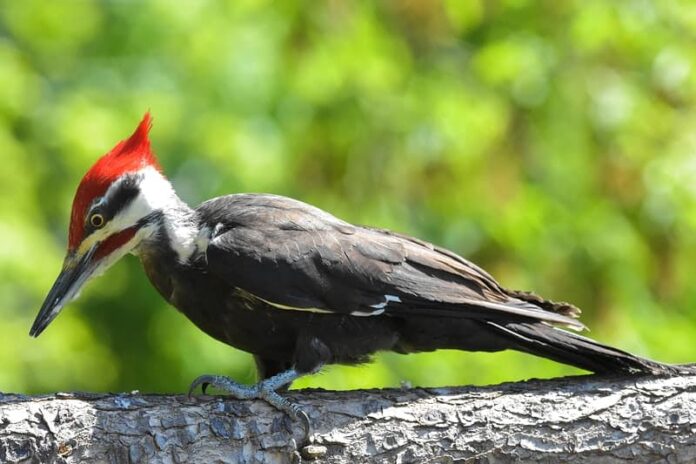
Have you ever wondered how do woodpeckers manage to peck tree trunks without injuring their eyes? Just me? Okay, then. Woodpeckers are among the cool animals with third eyelid that protects their eyes from their dangerous daily activities. Beneath the outer eyelids of a woodpecker lies an extra eyelid that we all know as nictitating membrane.
The membranes move across the eyeball from front to back in order to clean and protect the eyes. They keep the woodpecker’s eye lenses from flying debris as the bird chiseling and hammering the wood. That is why no matter how fast the woodpecker goes, they never have any shaking-induced retinal injury at all.

